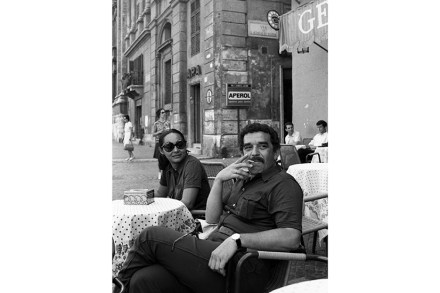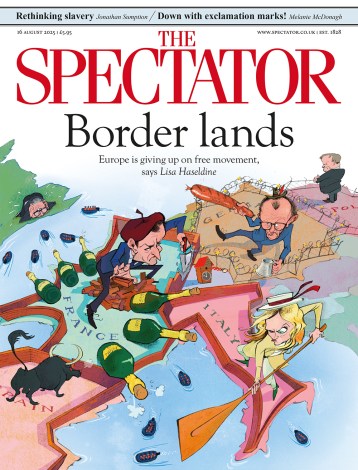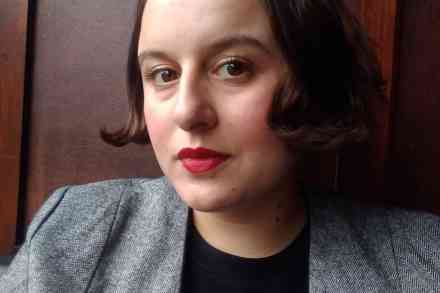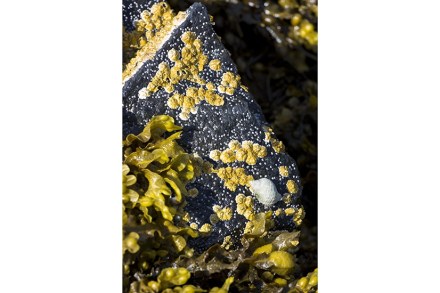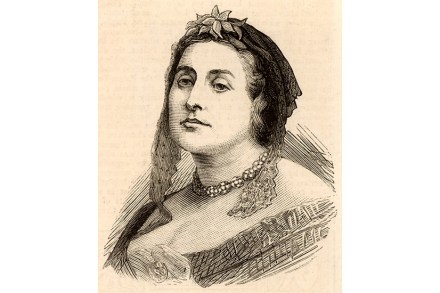A death foretold: the last days of Gabriel García Márquez
In March 2014 Gabriel García Márquez went down with a cold. The man who wrote beautifully about ageing was approaching his end. As his wife told their son Rodrigo: ‘I don’t think we’ll get out of this one.’ In A Farewell to Gabo and Mercedes, García, a film director and screenwriter, remembers his father and mother — one of the world’s greatest novelists and his muse. Comprised of short chapters, some of which reflect the journal he wrote while travelling back and forth between his LA cutting room and the family home in Mexico City, the book turns the venerable writer into a lively protagonist. The García Márquez who emerges
